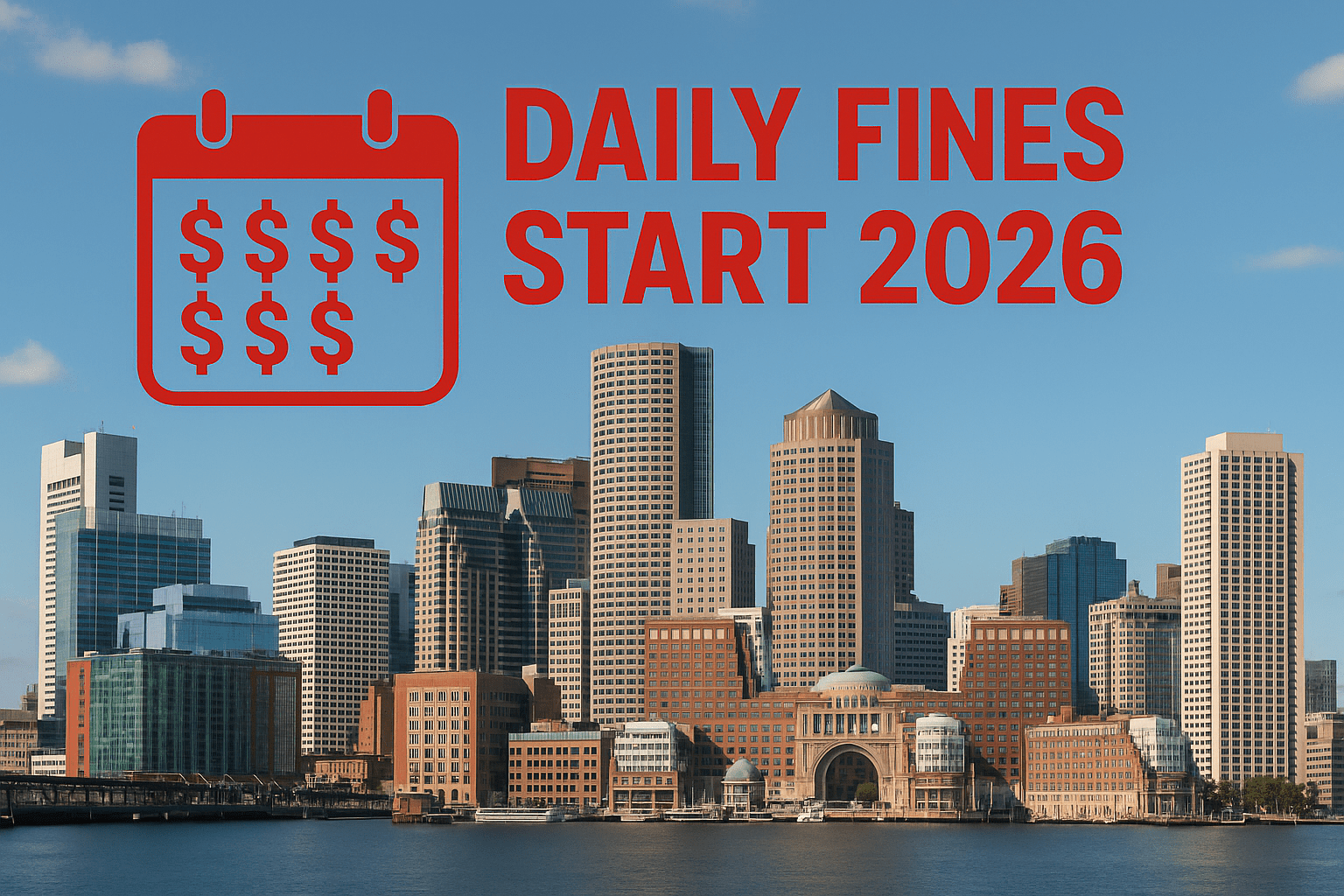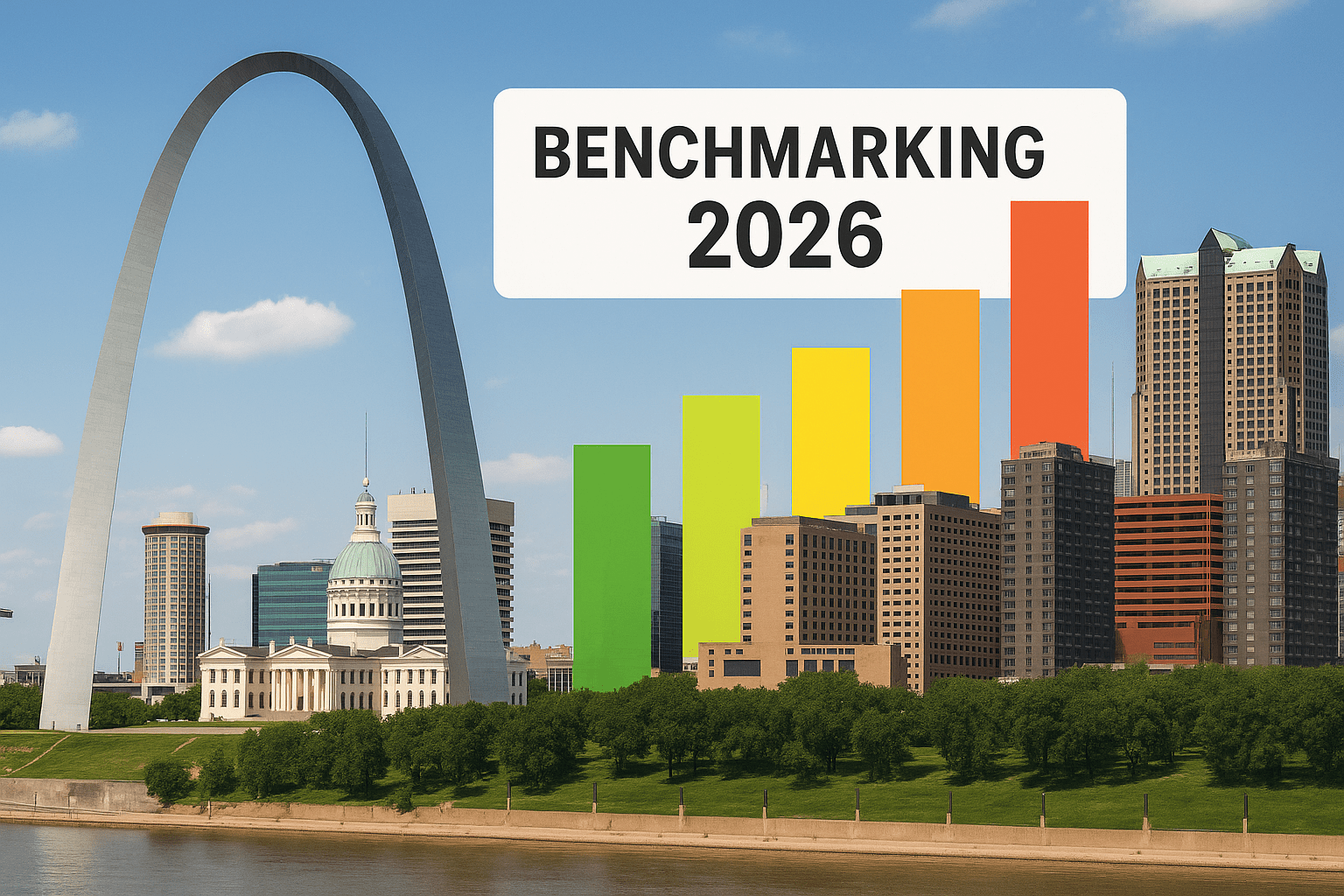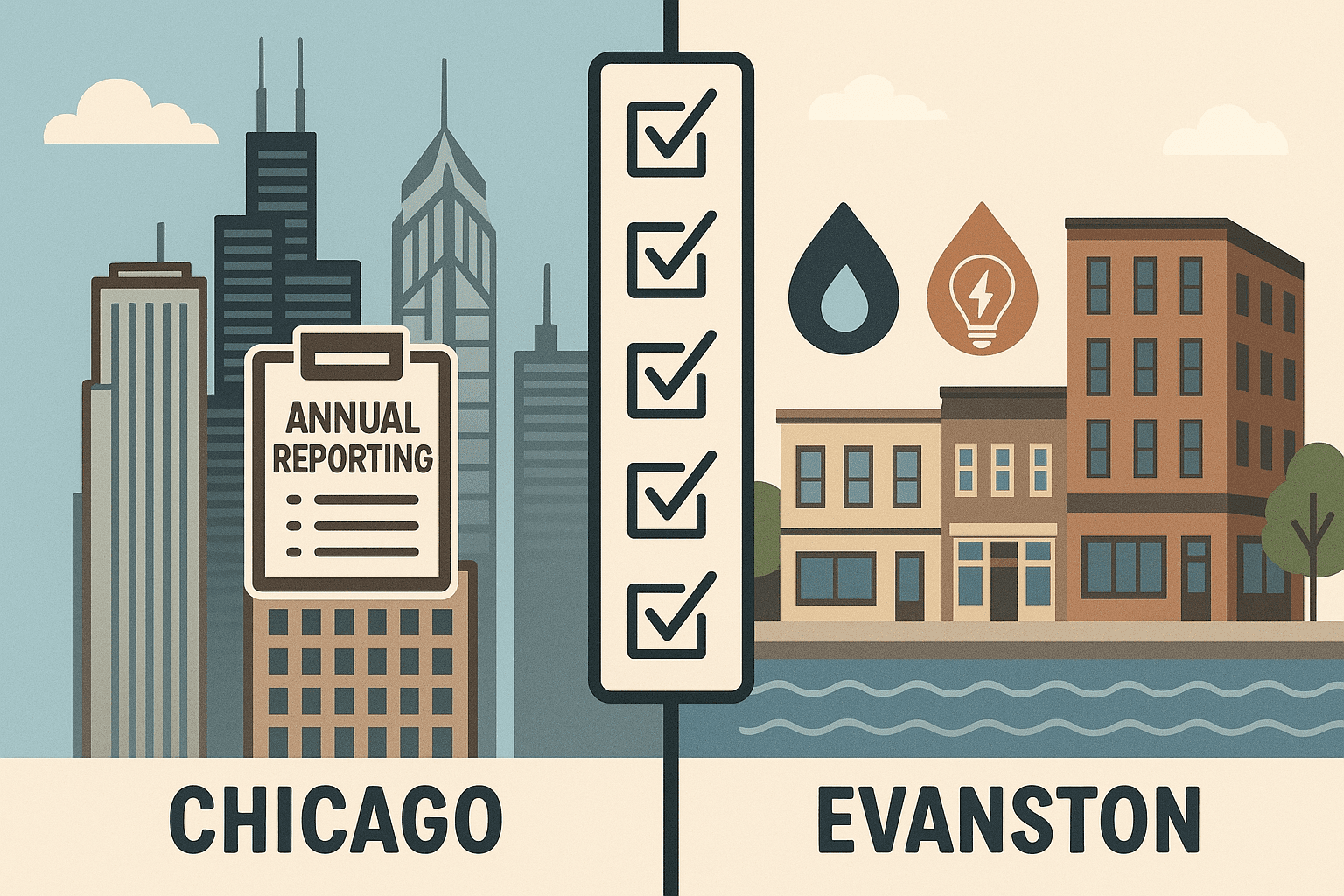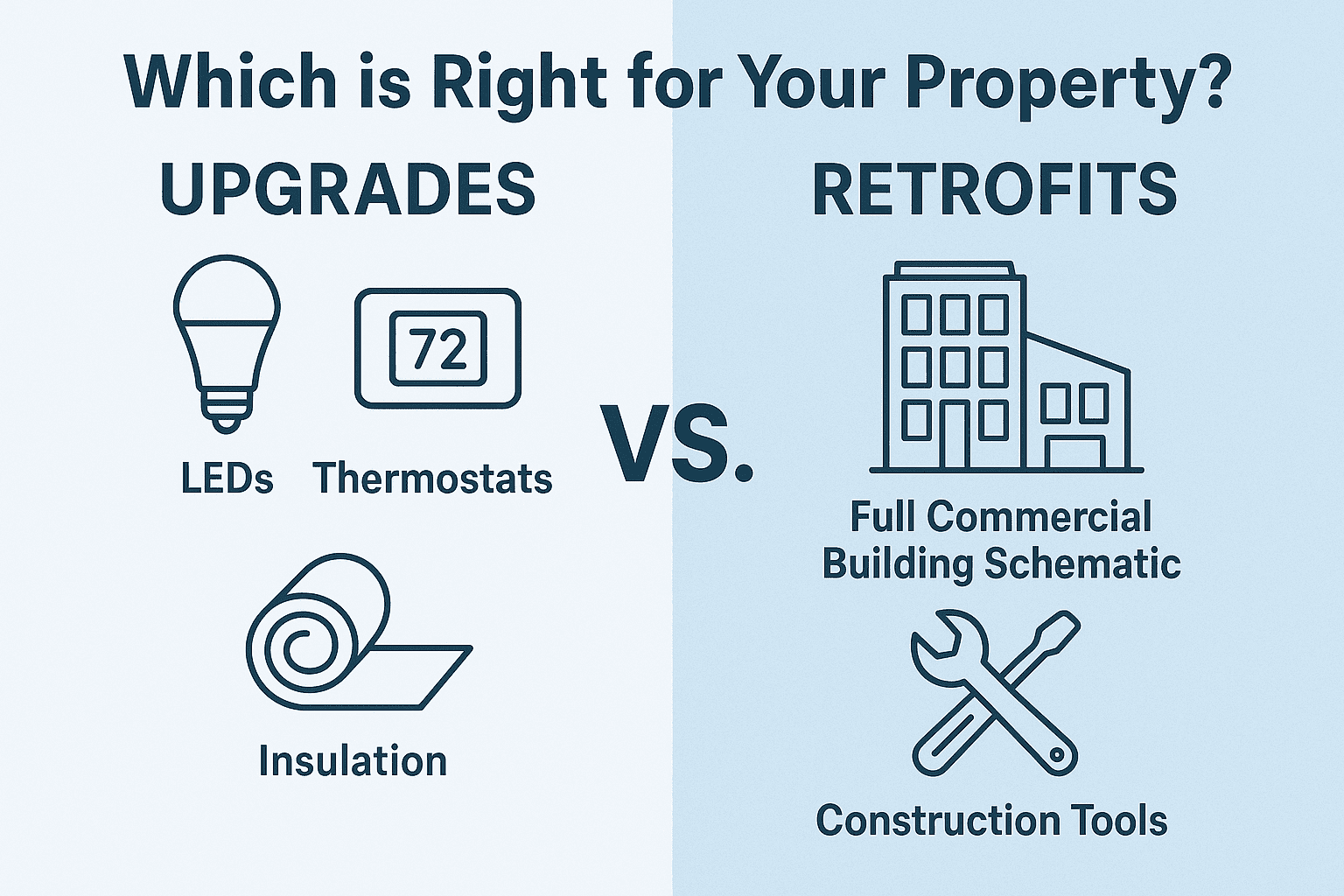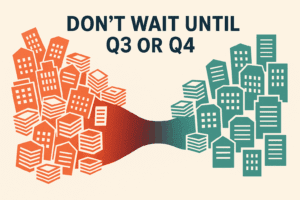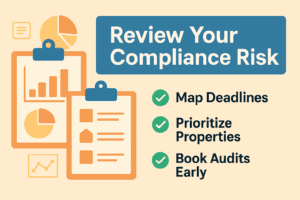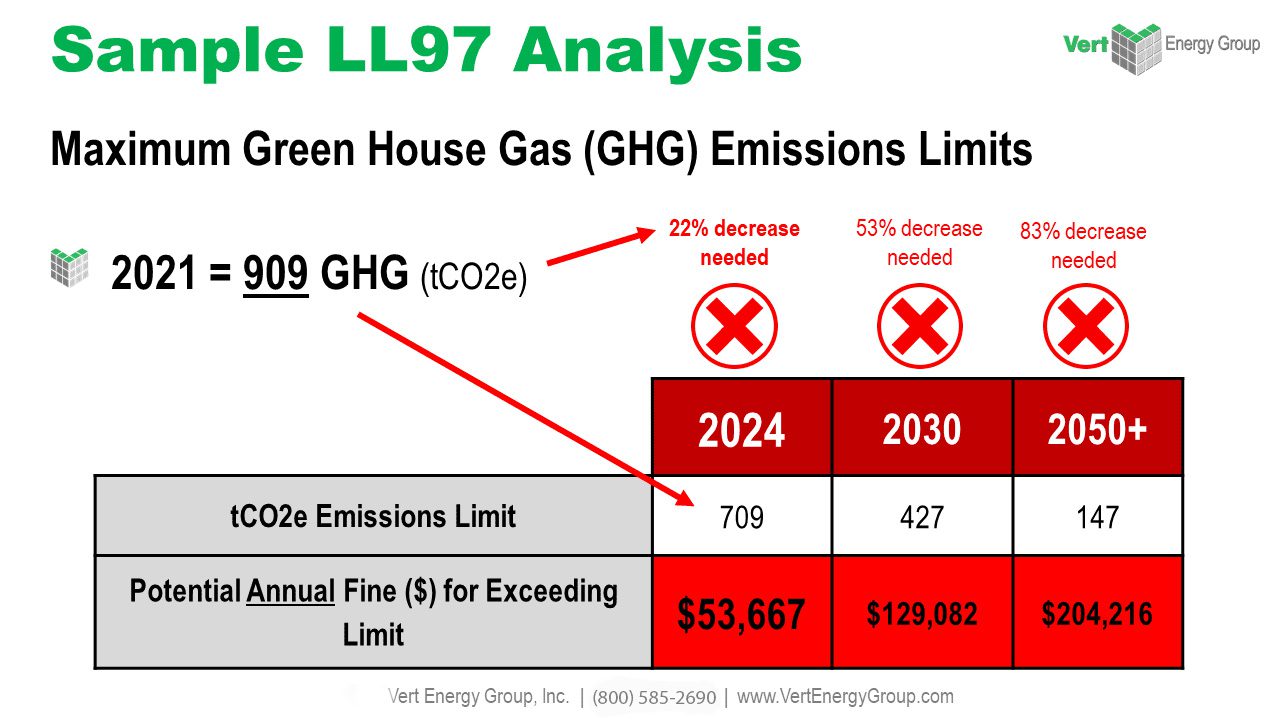Boston/Cambridge 2026 Daily Fines & How to Avoid Them
Daily fines are no longer a distant concern for building owners in Boston and Cambridge. Starting in 2026, non-compliance with local energy efficiency laws will trigger steep, daily financial penalties. These fines can add up quickly, putting pressure on owners to act now rather than later.
The good news: with proper planning and documentation, you can avoid costly mistakes and even improve your property’s performance.
Why Boston and Cambridge Are Enforcing Stricter Standards
Both Boston and Cambridge are pushing forward with aggressive energy performance policies. The reason is simple; buildings account for the majority of emissions in these cities. By holding owners accountable through benchmarking and energy action plans, regulators aim to cut carbon and improve efficiency across the commercial sector.
Failure to comply means:
- Daily penalties until your building meets the requirements.
- Risk of public disclosure, which may impact tenant demand.
- Higher costs over time, since non-compliance doesn’t exempt you from eventual upgrades.
Steps to Avoid Fines
To prevent unnecessary costs, building owners should:
Understand the rules now: Confirm if your building qualifies under Boston’s BERDO ordinance or Cambridge’s BEUDO program.
Submit benchmarking data: Missing or incorrect data is one of the most common compliance errors.
Create an energy plan: A roadmap helps demonstrate compliance while lowering future bills.
Seek expert support: Professional documentation ensures your plan is complete and accepted on the first submission.
Compliance That Pays Off
By preparing now, you not only avoid fines but also improve long-term property value. Upgrades like LED lighting, HVAC improvements, and smart controls reduce operating costs while signaling to tenants that your property is modern and sustainable.
St. Louis BEPS 2026: Energy Benchmarking 101
The City of St. Louis has enacted the Building Energy Performance Standard (BEPS), and compliance deadlines are closing in. By 2026, building owners will be required to track and report their energy performance, or face penalties.
If you own property in St. Louis, understanding the basics now is key to avoiding future headaches.
What Is Energy Benchmarking?
Energy benchmarking is the process of measuring your building’s energy use and comparing it to other buildings of a similar size. St. Louis requires property owners to use ENERGY STAR Portfolio Manager or similar tools to track this data.
Here’s why benchmarking matters:
- It identifies waste and inefficiencies.
- It establishes a baseline for future improvements.
- It creates a fair way for regulators to compare performance across properties.
Who Must Comply in St. Louis?
Covered Properties: Non-residential buildings over 50,000 sq. ft.
Deadlines: Owners must submit accurate benchmarking data each year.
Penalties: Non-compliance will result in escalating fines after 2026.
Chicago & Evanston: Your Guide to Energy Benchmarking
Chicago and Evanston have both implemented energy benchmarking requirements that impact thousands of commercial properties. For owners, the challenge is staying compliant while also capturing the benefits that benchmarking can provide.
This guide explains the essentials and offers practical steps to simplify compliance.
Chicago Benchmarking Rules
Chicago’s Energy Benchmarking Ordinance requires:
- Annual reporting for properties over 50,000 sq. ft.
- Data submission through ENERGY STAR Portfolio Manager.
- Third-party data verification every three years.
Evanston Benchmarking Rules
Evanston’s Building Energy and Water Benchmarking Ordinance applies to:
- Commercial and multi-family buildings over 20,000 sq. ft.
- Annual reporting of both energy and water use.
- Public disclosure of building scores.
Building Upgrades or Retrofits: Which One is Right for Your Property?
Property owners looking to improve performance often face a big question: should you upgrade existing systems or invest in a full retrofit? Both approaches can save energy and money, but the best option depends on your building’s condition, budget, and long-term goals.
What Are Upgrades?
Upgrades involve targeted improvements to existing equipment. Examples include:
- Replacing lighting with LEDs.
- Installing programmable thermostats.
- Adding better insulation.
Pros: Lower upfront cost, faster ROI, minimal disruption.
Cons: Limited savings compared to larger projects.
Contact our experts to learn more about the NOI on upgrades: Talk With The Experts
As summer ends, property managers face a new challenge: preparing buildings for colder weather. A proactive approach can prevent costly breakdowns, keep tenants comfortable, and lower utility bills throughout the season.
Fall Prep Checklist
Here are key steps to transition your property smoothly into cooler months.
Inspect HVAC systems: Change filters, check heating performance, and schedule maintenance.
Seal leaks: Identify and repair drafts around windows and doors.
Check insulation: Ensure attics, basements, and walls are properly insulated.
Review controls: Update thermostat schedules to match new occupancy patterns.
Prepare tenants: Share energy-saving tips to keep costs low.
Why It Matters
Skipping seasonal prep can lead to higher utility bills, system breakdowns, and unhappy occupants. A structured checklist ensures nothing gets missed.
You also get one additional benefit, long-term value.
The Long-Term Value Of Compliance
Seasonal prep isn’t just about improving your heating for winter. Each step you take extends the lifespan of building systems, reduces emergency repair costs, and positions your property for stronger performance year-round.
The benefit to getting (and staying) compliant is that the long-term value is reflected onto the property. Learn more about how you can improve your NOI by getting a free instant audit quote for your property: Get My FREE Instant Audit Quote.
